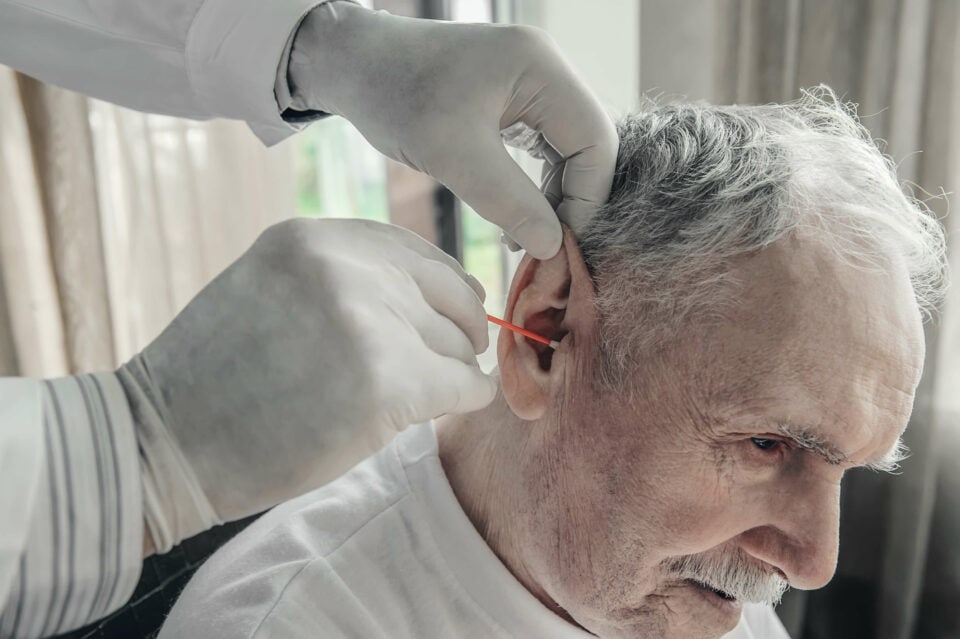
How to Safely Clean Your Ears
Ear hygiene is part of maintaining our overall health and well-being. While the ears are equipped with a natural self-cleaning mechanism, it’s common for individuals to seek methods for removing excess earwax. However, improper ear cleaning practices can lead to discomfort, injury, and even damage to the delicate structures of the ear.
Understanding the Ear’s Self-Cleaning Process
The human ear has a remarkable self-cleaning mechanism designed to naturally remove excess earwax and debris. When dust or debris enters the ear canal, it gets trapped in earwax. This earwax dries out and is slowly pushed toward the ear opening when chewing, talking, and yawning. Eventually, it falls out or is washed away when showering. This process helps to maintain a healthy balance of earwax in the ear canal and facilitates the removal of dirt and foreign particles.
Despite this efficient self-cleaning mechanism, some individuals may experience a buildup of earwax, leading them to seek methods for ear cleaning. It’s crucial to understand that excessive cleaning or the use of improper tools can disrupt the ear’s natural balance and cause more harm than good. Let’s explore the safe and effective ways to clean your ears without jeopardizing your auditory health.
Safely Cleaning Your Ears: Best Practices
1. Avoid Cotton Swabs:
Contrary to popular belief, using cotton swabs to clean the ears is not recommended. Inserting swabs into the ear canal can push earwax deeper, leading to compaction and potential damage to the ear canal or eardrum. Instead of removing earwax, swabs can inadvertently create more problems.
2. Let the Earwax Do Its Job:
Earwax serves a vital purpose in protecting the ear canal by trapping dust and debris, moisturizing the ear canal, and inhibiting the growth of bacteria and fungi. In most cases, the earwax will migrate out of the ear naturally, so it’s best to allow the ear’s self-cleaning process to take place.
3. Use Ear Drops:
If you experience a buildup of earwax that causes discomfort or affects your hearing, consider using over-the-counter ear drops to soften the wax. These drops can help facilitate the natural expulsion of earwax and can be an effective solution for minor earwax impactions.
4. Seek Professional Care:
For persistent or severe cases of earwax impaction, it’s advisable to seek professional care from a hearing healthcare provider. We can safely remove the earwax using specialized tools and techniques, providing expert care for your ear health.
5. Practice Gentle Cleaning:
If you must clean the outer portion of your ears, use a soft, damp cloth to gently wipe the external ear. Avoid inserting any objects into the ear canal, and refrain from using sharp instruments, such as hairpins or toothpicks, as they can cause injury or infection.
Promoting Ear Health and Hygiene
Maintaining optimal ear health involves adopting habits that support the ear’s natural self-cleaning process and seeking professional care when necessary. Here are some additional tips for promoting ear health and hygiene:
- Protect Your Ears: When engaging in activities with high noise levels, such as concerts or using power tools, wear ear protection to safeguard your hearing and prevent potential damage to your ears.
- Monitor Changes in Hearing: Be attentive to any changes in your hearing, such as sudden or gradual shifts in your ability to hear. If you experience discomfort, pain, or a significant reduction in hearing, consult a healthcare professional for an evaluation.
- Stay Informed and Educated: Stay up to date with reliable information on ear health and hygiene. Understanding the proper care of your ears can help you make informed decisions and protect your auditory well-being.
- Seek Professional Guidance: If you have concerns about your ear health, seek guidance from qualified healthcare providers. They can offer personalized advice and care based on your individual needs.
Visit Us For Safe Earwax Removal
Remember, prioritizing ear hygiene is an important part of our overall hearing health. If you notice a build-up of earwax, visit us for safe earwax removal. We use safe and effective techniques like irrigation to flush out excess earwax safely. If you’re still experiencing discomfort or changes in hearing after earwax removal, book a hearing test. We’ll help you find out more about your hearing needs and suggest the perfect treatment options or follow-up care.
